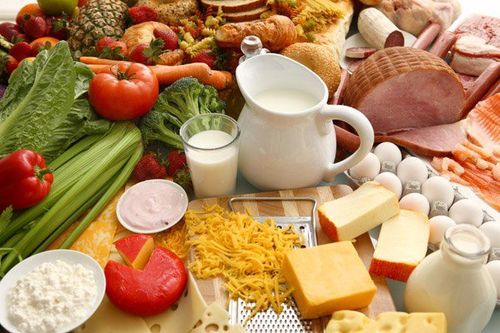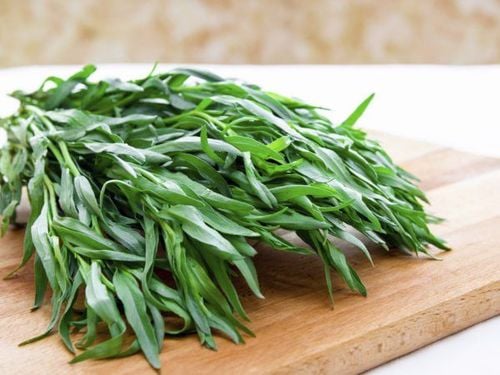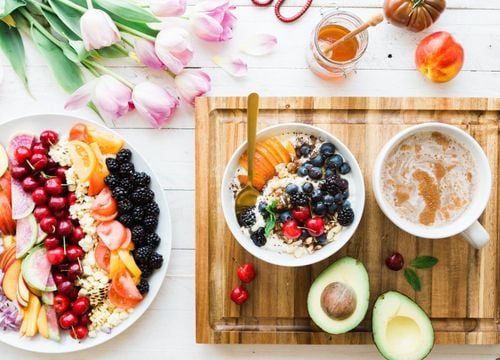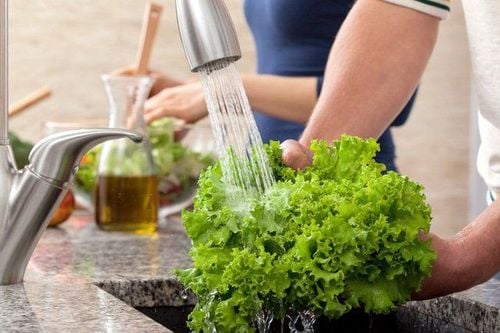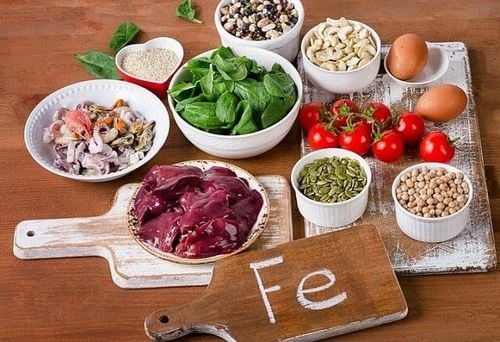This is an automatically translated article.
Here are some taboos for six common vegetables, which we should pay attention to:Eat tomatoes before meals
Eating tomatoes before meals can increase stomach acid, and will cause heartburn, upset stomach and other discomfort. So you should eat tomatoes after a meal, because the acid in the stomach has been mixed with food, so the acid level in the stomach will decrease, it will help you avoid these symptoms.Drink carrot juice and wine at the same time
The research experts found that, carrot juice contains a lot of carotene and alcohol loaded into the body at the same time, it can produce toxins in the liver, and this will further lead to liver diseases. . Experts recommend that we should not drink alcohol immediately after drinking carrot juice or drink carrot juice immediately after drinking alcohol.Soak mushrooms in water for too long
Mushrooms are rich in ergosterol, which turns into vitamin D after receiving sunlight. If you soak mushrooms in water for too long or clean them too much, you will lose large amounts of ergosterol and other nutrients.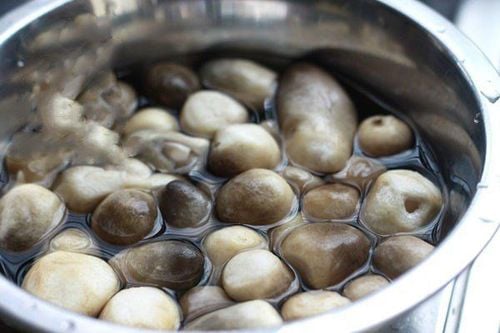
Không nên ngâm nấm quá lâu trong nước
Eat uncooked bean sprouts
Bean sprouts are delicious and nutritious, but you should make sure they are cooked before eating. Otherwise, bean sprouts contain some toxic substances such as trypsin inhibitors, it can cause nausea, vomiting, diarrhea, dizziness and other adverse reactions.Stir-fry bitter gourd without boiling it in hot water
Bitter gourd contains oxalic acid, which can interfere with the absorption of calcium in foods. Therefore, before stir-frying bitter melon, you should boil it in hot water to get rid of the oxalic acid.Storing green leafy vegetables for too long
If leftovers (especially green leafy vegetables like leeks) are stored for too long, it will produce a large amount of nitrite, which can cause food poisoning, especially for people with weak bodies. and sensitive. Therefore, do not store green leafy vegetables for too long after they are cooked.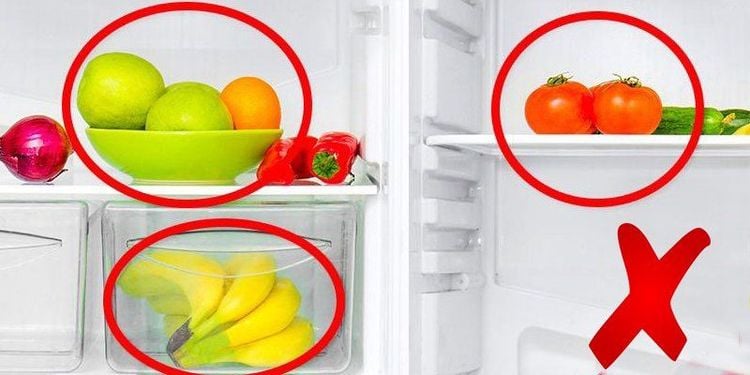
Một số loại rau, quả không nên cho vào tủ lạnh
How to preserve green vegetables?
Vegetables are indispensable in the daily diet. How to keep vegetables and fruits fresh and nutritious:With cabbage, cauliflower, you should not wash before storing cool because steam will make them spoil quickly. Vegetables and fruits that should not be refrigerated are: avocados, apricots, bananas, garlic, kiwi, cucumbers, onions, pears, peaches, plums, pineapples, and tomatoes. Store them at room temperature unless the weather is hot. Onions stored in stockings can be used for up to 8 months. Storing green onions in a plastic bottle will make them drier. Wrap vegetables in a plastic bag before putting them in the fridge and keep them tight at the bottom to help them stay fresh longer. Storing onions with potatoes is a big mistake because they will spoil many times faster Storing potatoes with apples will slow down germination. Asparagus is plugged into a jar with water, then covered with a layer of plastic and put in the refrigerator, they will stay fresh for much longer. Wrapping the banana knob with foil will prolong the "life" of the banana from 3 to 5 days compared to normal. Wrap celery and broccoli in foil before refrigerating and they can be stored for up to 4 weeks. Ginger should be stored in the refrigerator, ginger will stay fresh longer, easier to peel and chop. Store mushrooms in paper bags instead of plastic bags because paper bags have better moisture absorption. Tomatoes should not be stored in a plastic bag, as it makes them ripen faster. To prevent tomatoes from overcooking, store them with fruit. Regular cleaning of the refrigerator is a good habit, creating a favorable environment for vegetables and fruits Vegetables are foods that provide many vitamins important for human health. Hopefully, through the above article, you have learned how to use vegetables safely and store them properly.





